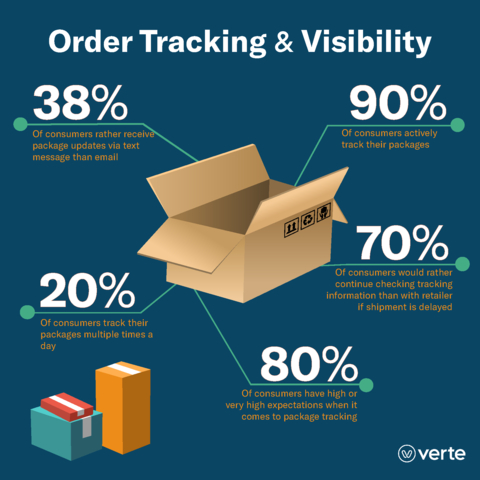Crafting products that genuinely resonate with consumers is an art backed by science. Success in this endeavor increasingly depends on understanding how products interact with both online platforms and traditional retail settings. That’s the crucial role the product design process plays in making packaging more appealing, and ensuring products stand out in crowded markets.
This article explores how digital shelf analytics can revolutionize how designers approach their craft, providing actionable insights and helping brands remain relevant and competitive.
How Digital Shelf Analytics Can Transform Product Design?
Digital shelf analytics involves the collection and interpretation of data related to how products are displayed and perform across various sales channels.

It’s an effective tool for brands aiming to understand their audience’s habits, preferences, and expectations.
Through its application, businesses can pinpoint opportunities to refine packaging, adjust messaging, and boost appeal.
For designers, this information is like having a magnifying glass to spot what works and what doesn’t, enabling them to make informed, thoughtful choices.
How Analytics Shapes the Product Design Process?
Digital shelf data provides clues about consumer behavior that can be directly applied to product development. These insights empower designers to craft products that align closely with what buyers are looking for.

Discovering What Matters to Buyers
Analytics reveal buyer preferences, such as favorite color schemes, preferred material finishes, or the type of features that increase convenience. By observing these patterns, brands can align their designs with customer expectations.
Testing Out Variations
Using platforms to compare the performance of different design options allows brands to pinpoint the most appealing choices.
By analyzing which designs generate higher engagement—whether that’s through clicks, sales, or reviews—brands can refine their approach.
Keeping Tabs on the Competition
A detailed examination of competitor products via a competitor analysis dashboard sheds light on trends shaping consumer preferences. Designers can borrow ideas that resonate with audiences while finding ways to make their own products stand out more effectively.
How Analytics Enhances Packaging Design Decisions?
A product’s wrapping serves as its first impression. Packaging performance is critical in determining whether a customer will pick your product or move on to another.

Image Source: Packaging Hub
Clear Messaging Online and Offline
What works on a physical shelf doesn’t always translate well to digital platforms. Bright finishes or intricate fonts that stand out in person may lose their charm in thumbnail-sized images on a website. Designers must adapt packaging for clarity and appeal in both settings.
User-Centered Functionality
Whether it’s ease of opening, resealable options, or compact storage, usability should never be overlooked. Complaints about difficult or flimsy packaging can be a turning point for potential customers.
Valuing Feedback
Online reviews offer a wealth of candid insights. Whether buyers mention difficulties with packaging or express love for its practicality, their comments help brands continuously refine their offerings.
How to Optimize Your Digital Presence for Better Sales?
While marketing strategies often focus on product visibility and accessibility, design also plays a crucial role in driving success on e-commerce platforms.
Digital shelf analytics informs the process by highlighting factors that influence buyer decisions.

Infusing Popular Keywords into Design
Customers often search for items based on specific descriptors. For example, they may seek “eco-friendly,” “ergonomic,” or “luxury” options. Incorporating such attributes directly into packaging or product designs ensures these qualities shine through.
Visual Appeal Matters
Great product photography captures a buyer’s attention. Data from digital shelf analytics highlights the most effective ways to present products online—whether through angles, lighting, or lifestyle imagery. Designers can adjust their creations to be showcased in their best light.
Localized Adjustments
Consumer preferences vary by region, and analytics can pinpoint subtle differences. Perhaps bright colors are favored in one area, while neutral tones work better elsewhere. Addressing these nuances allows brands to resonate with their diverse audiences.
How does Consumer Behavior Analysis inform design?
Studying shopping habits helps brands decode what buyers prioritize, paving the way for products that feel more relevant and useful.

Image Source: Business Wire
Identifying Motivators Behind Purchases
Data on shopping habits reveals why certain products are chosen over others. Perhaps it’s a straightforward feature like resealable packaging or an intangible quality like trustworthiness conveyed through design.
Spotting Emerging Preferences
Consumer interests don’t remain stagnant. One year, minimalist designs might dominate; the next, bold and vibrant packaging may take center stage. Analytics help brands stay informed and adapt their designs to fit prevailing trends.
Tracking the Path from Interest to Purchase
From the moment someone notices a product to the point they commit to buying it, understanding this journey is essential. Analytics map out these interactions, guiding designers to refine their work in ways that minimize friction and maximize appeal.
How Iterative Design Is Shaped by Consumer Insights?
Digital shelf analytics encourages a dynamic approach to product development. Instead of launching a product and hoping for the best, brands can continually refine their designs based on live feedback.

Conducting Side-by-Side Comparisons
Experimenting with different designs and tracking how each performs allows for a steady improvement process. By gauging how variations impact engagement or conversion, brands can identify and double down on winning designs.
Responding to Criticism
Rather than shying away from negative feedback, voice of customer analytics makes it easier to see critiques as opportunities for growth. If customers are unhappy with a product feature or packaging detail, it becomes a call to action for meaningful change.
Real-word Case Studies of Product Design Powered by Analytics
Businesses across industries have reaped the benefits of pairing analytics with design innovation:
- Snack Foods: A company noticed their current packaging didn’t photograph well for online listings. Switching to simpler designs with vibrant, contrasting colors improved product visibility and increased sales by a significant margin.
- Cosmetics: An analysis of customer feedback revealed growing interest in sustainability. By incorporating biodegradable materials and highlighting this on the packaging, the brand attracted eco-conscious shoppers, strengthening their customer base.
Conclusion:
The integration of digital shelf analytics into product design is shaping up as a key driver of innovation. As technology advances, brands will be able to predict trends, test ideas more efficiently, and create designs that resonate deeply with consumers.If you are looking for a great tool to understand your product performance in your category vs. competitors, schedule a free demo with us today.




